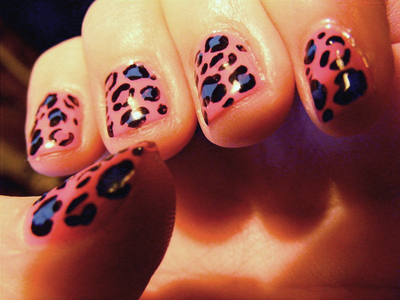According to the freshly released data by worldwide research and consulting firm Kline & Company, U.S. sales in the cosmetics and toiletries market declined by 0.8% in 2009, not a detrimental drop considering the recent market situation and the last major recession of 1991, when sales declined by 1.9%. The data released for Cosmetics & Toiletries USA 2009 report indicate that sales have reached a total of $35.5 billion at the manufacturers’ level.
The spillover from the economic crisis has weakened both consumers’ confidence and spending. The luxury and professional product trade classes suffered the worst declines, while mass market and direct sales managed to hold their own.
Besides competitively-priced products, new value-oriented consumers are showing a preference for products that include multiple benefits. Anti-aging features such as skin firming and the reduction of fine lines and wrinkles are still attracting consumers who are willing to pay premium pricing. SPF has also become popular in the beauty segment. Firmly held association of the sun’s rays with aging signs is motivating both skin care and makeup marketers to add SPF specifications in their products; however, this trend is taking sales away from the last year’s double-digit growth winner, the sun care products category.
While lipsticks and lip glosses declined by 5.3% in 2009, it wasn’t face makeup that trumped lipsticks as it did in 2008. Nail polishes was the biggest winner, and the only category to post a double-digit increase, reaching 14.3% growth in 2009 due to the return of nail color in the fashion world, as well as the shift from nail salons to at-home application as economic instability motivated consumers to forego salon visits. Nail industry marketers also responded well to consumer demand and focused on new launches, offering a wide range of new products to engage the recession-stricken consumer.
The fragrances product class has suffered the most while other toiletries—which includes personal cleansing products, shaving products, and deodorants—suffered the least.
“The beleaguered fragrance market took an even harder hit in 2009 than it did in 2008, when we started to see serious decline,” noted Nancy Mills, industry manager for Kline’s Consumer Products practice. “There are a number of factors contributing to this, including fragrances losing their appeal as gifts, and over-crowded selection of fragrances leading to consumer confusion. On the other hand, anti-bacterial hand gels had a stellar year, with sales partly boosted by the unfortunate H1N1 flu epidemic. It is evident that practical purchases and small indulgences kept the industry alive during this very difficult period.”
On the positive side, in 2009, natural products are no longer solely in the premium market as they continue to proliferate through the mainstream channels including mass market and direct sales. However, most of the natural product offerings are only natural-inspired although with fewer chemicals than conventional products, but still containing synthetic ingredients. The leading brands, including Jergens and Aveeno, are actively launching natural product lines at competitive pricing.
Cosmetics & Toiletries USA 2009 covers insights and data on market size, retail sales, channel breakdowns, trends, and forecasts for 29 major product categories; detailed profiles of about 30 leading marketers; and timely bulletins covering new products and corporate developments. Along with a detailed 2,000 page analysis, subscribers have also unlimited access to the report contents via a sophisticated, but easy-to-use database.


